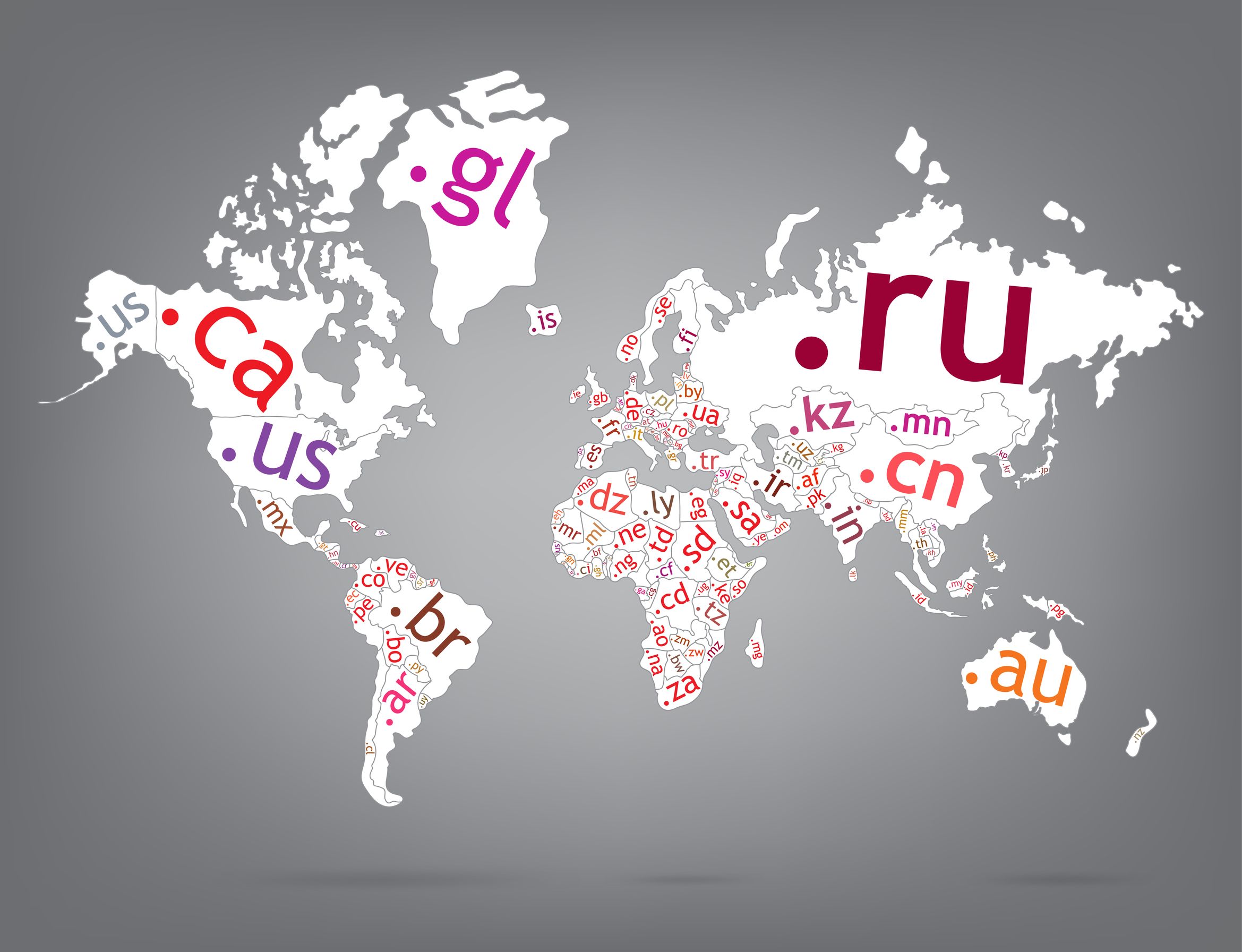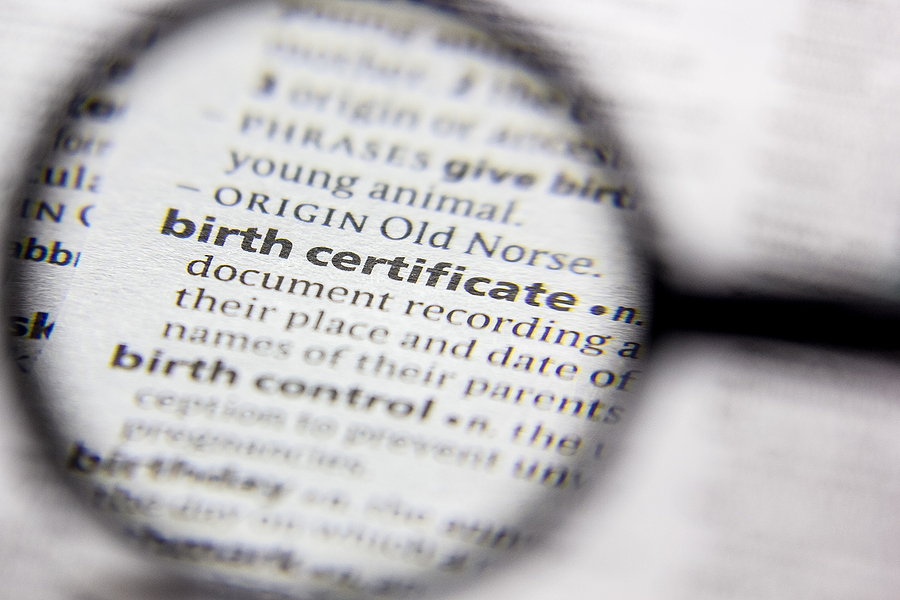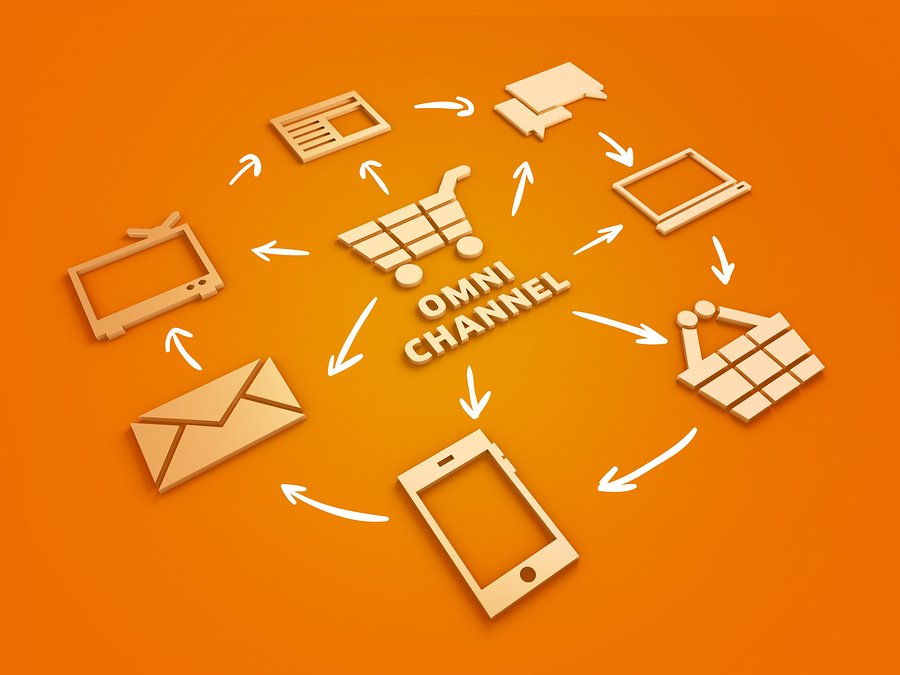Quick Quote
Archives
- November 2023
- October 2023
- September 2023
- August 2023
- July 2023
- June 2023
- May 2023
- April 2023
- March 2023
- February 2023
- January 2023
- December 2022
- November 2022
- October 2022
- September 2022
- August 2022
- July 2022
- June 2022
- May 2022
- April 2022
- March 2022
- February 2022
- January 2022
- December 2021
- November 2021
- October 2021
- September 2021
- July 2021
- June 2021
- April 2021
- March 2021
- February 2021
- December 2020
- October 2020
- August 2020
- July 2020
- June 2020
- May 2020
- April 2020
- March 2020
- February 2020
- January 2020
- November 2019
- October 2019
- September 2019
- August 2019
- July 2019
- June 2019
- May 2019
- April 2019
- March 2019
- February 2019
- January 2019
- December 2018
- November 2018
- October 2018
- September 2018
- August 2018
- July 2018
- June 2018
- May 2018
- April 2018
- March 2018
- February 2018
- January 2018
- December 2017
- November 2017
- October 2017
- September 2017
- August 2017
- July 2017
- June 2017
- May 2017
- April 2017
- March 2017
- February 2017
- January 2017
- December 2016
- November 2016
- October 2016
- September 2016
- August 2016
- July 2016
- June 2016
- May 2016
- April 2016
- March 2016
- February 2016
- January 2016
- December 2015
- November 2015
- October 2015
- September 2015
- August 2015
- July 2015
- June 2015
- May 2015
- April 2015
- March 2015
- February 2015
- January 2015
- December 2014
- November 2014
- October 2014
- August 2014
- July 2014
- June 2014
How to Be a Global-Ready Retailer
Once a retailer, always a retailer and this means retailers never give up when it comes to looking for new customers. They are constantly on the lookout to attract more and more customers to buy their products. Digitally savvy consumers aren’t necessarily the best target as they read between the lines when it comes to product descriptions and anything that doesn’t seem quite right will entice them to look for another more suitable product. The latest marketing trend is called “omnichannel commerce,” which takes in online stores, mobile apps and social media. Yet, this type of approach is still not that clear when it comes to global retailers. Consumers throughout the world have taken to omnichannel retail. But as the boundaries that exist between ecommerce and retailing disappear, brands have a problem with delivering a consistent experience to a global customer. It is business localisation that is becoming today’s customer drawcard. Localisation is most important these days It’s not simply good enough to throw a product and an English speaking website at a group of potential consumers as there is far too much competition. You need to localise your product and market it in the language of your targeted audience. This will bring the customers in at a far faster rate than ignoring the language and cultures of the potential customer. You may, or may not know, that as an average, key global retailers are hosts to 3.9 languages per website, as well as 2.7 social networks. The most common languages found online are Spanish, English, Simplified Chinese, German and French. If 10 languages are used to market a product through a website this means 95 percent of the world’s money owners can review your product in their own language. In fact, more specifically * 58% of potential consumers like to be sent promotional emails in their own language *Millennials prefer social media and webchat three times more than phone support. *Mobile, or m-commerce, will take up 50 percent of sales using e-commerce by 2018. *Facebook has turned out to be most popular social and retail channel and it supports 70+ languages. This means that in order to improve the global customer’s experience business localisation is essential as a way of levering customers to buy your products.
Post navigation
← Previous Next →
Related Posts

Why Demand for Localised Content is Booming
May 29, 2017
Getting business ready for a global market is a trend that is unlikely to stop..
View More
What Kind of Format Should You Use For Website Translation?
December 5, 2016
If your business is about to launch a multi language website, one of the tasks..
View More
Website Translation Can Benefit Your Business
September 23, 2016
There are great advantages to business in these days of globalisation and intense global trading...
View More
Double the Number of Website Users by Using a Website Translation
June 16, 2014
One of the most crucial features of a website that aims to satisfy, inform, or..
View More








Leave a Reply